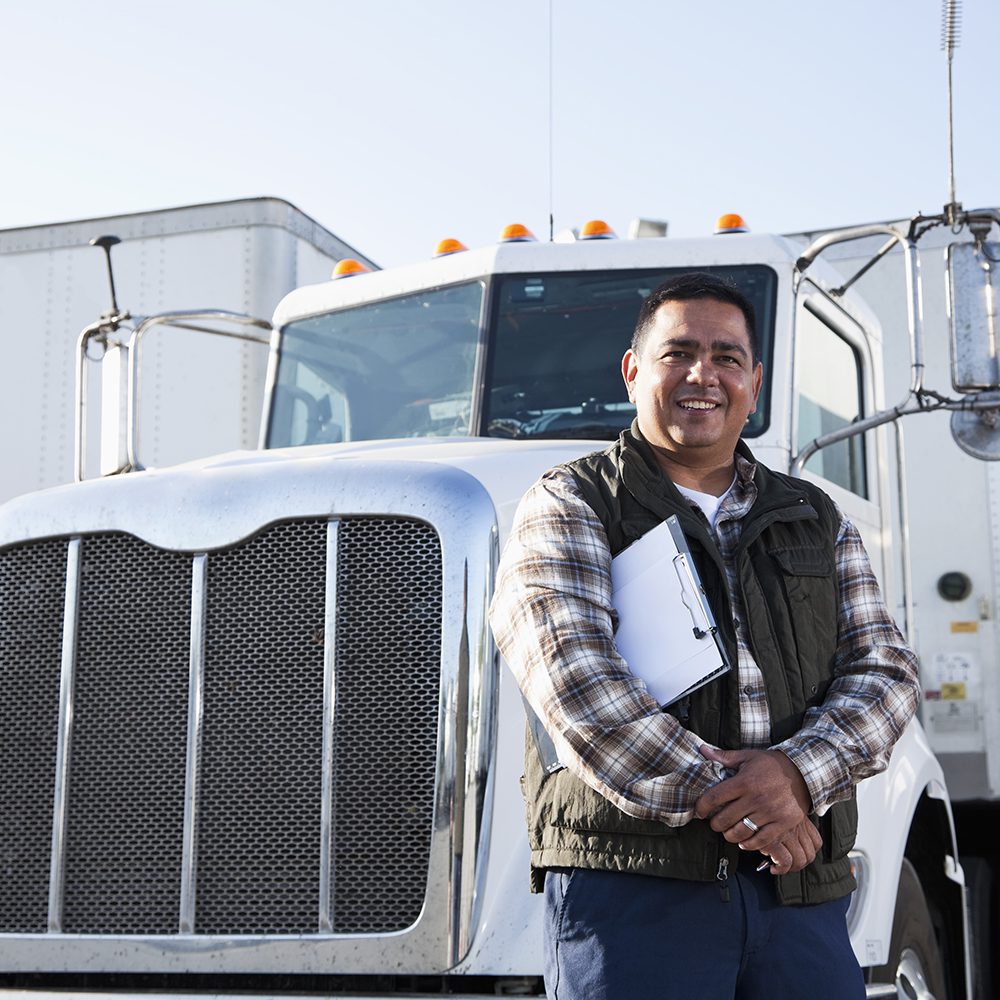Understanding Toll Violations: Common Causes and How to Avoid Them
Preventing toll violations is critical for drivers and businesses alike. For drivers, it helps avoid fines, administrative fees, and legal repercussions. For businesses, effective toll management sustains operational efficiency and controls costs. Accurate vehicle information and regular monitoring of toll usage are essential to address discrepancies promptly and prevent escalating issues.
Toll Violation Prevention
A toll violation occurs when a required toll payment is not made while using a toll road, bridge, or tunnel. This can happen for various reasons and typically results in fines and administrative fees that far exceed the original toll amount. In some cases, legal action may also follow.
Key factors contributing to toll violations include:
- Payment Issues: Issues like expired payment methods or insufficient funds can hinder toll processing.
- Human Errors: Simple mistakes, such as entering the incorrect lane at a toll plaza, can lead to violations.
Addressing these factors is critical to minimizing infractions and ensuring efficient trucking operations.
Toll Violation Fees
Image tolling, or license plate tolling, has transformed toll enforcement by using camera systems to capture vehicle license plates at toll points. This enables toll operators to bill the driver or vehicle owner if a transponder is not detected or if there is no pre-paid account.
Image tolling systems have also created challenges, particularly for fleet managers. Issues such as camera misreads, obstructed plates, and billing errors complicate reconciliation and increase administrative workloads. Fleet vehicles operating across multiple jurisdictions often face delayed toll notifications, leading to additional fees and penalties.
Toll Road Violation Fees: Addressing Disparities in Enforcement
Toll enforcement practices vary significantly across regions, creating challenges for drivers and fleet operators. The absence of a standardized approach to toll collection and violation enforcement often results in confusion and unpredictability, complicating compliance efforts for those traveling through multiple jurisdictions.
Drivers navigating toll roads encounter a wide range of collection systems and enforcement rules, as each state—and even individual toll operators within a state—may establish unique regulations and penalties. This inconsistency poses challenges for understanding and adhering to toll requirements.
Key differences include:
- Violation Fees: The additional fees imposed for violations can differ widely, depending on the location.
- Billing Practices: Some regions send bills directly to drivers, while others require online payment or self-monitoring of toll accounts.
- Appeals Processes: The methods for contesting violations vary, with some toll authorities offering accessible and lenient processes, while others are more rigid.
- Penalty Enforcement: Approaches to enforcing penalties, such as vehicle registration holds or legal action, can escalate more quickly in certain areas.
The lack of uniformity in toll violation practices can have significant consequences. Managing and disputing toll violations becomes increasingly complex due to differences in rules and procedures among jurisdictions. These inconsistencies also lead to financial and operational repercussions, requiring additional resources to address the administrative burdens and potential penalties associated with regional disparities.
Taking a deliberate approach to understanding and managing toll obligations not only helps reduce financial risks but also ensures smoother travel and minimizes operational disruptions. By investing in tools and strategies that simplify toll compliance, drivers and fleet managers can effectively navigate the complexities of regional toll enforcement and maintain efficient operations.
Managing Toll Violation Notices
The transition to electronic toll collection has significantly reduced immediate feedback to drivers about toll payments. While this system offers efficiencies in toll collection, it creates challenges in addressing unpaid tolls and managing violations. Drivers and fleet managers often face delays in receiving violation notices, complicating their ability to resolve issues promptly and efficiently.
Impact of Delayed Notifications
Violation notices are often sent well after the toll has been incurred, introducing several challenges:
- Accumulated fees from missed payment deadlines.
- Limited time to dispute inaccuracies before penalties escalate.
- Increased administrative workload for fleet managers reconciling toll payments across multiple vehicles.
- Additional complications for lessees who may receive violations for tolls incurred before their lease began.
These delays create financial and operational strain, particularly for those managing large fleets or multiple accounts.
Strategies to Mitigate Challenges
To address the impact of delayed notifications, businesses can adopt several proactive strategies:
- Maintain accurate and current vehicle registration and toll account details to minimize billing errors.
- Monitor toll accounts regularly to catch and resolve discrepancies early.
- Use toll management solutions to streamline oversight and simplify reconciliation of toll transactions.
By combining diligent monitoring with the right tools and practices, fleet managers and lessees can reduce the risks associated with delayed toll violation notices.

Effective Strategies for Managing Toll Payments
Key strategy for managing toll payments effectively include:
- Update Account Details: Regularly verify and update toll account information and vehicle registration to prevent errors.
- Maintain Account Balances: Ensure toll accounts have sufficient funds to avoid payment disruptions.
- Monitor Transactions: Routinely review toll transactions for accuracy and dispute discrepancies promptly.
- Leverage Technology: Use toll management services or software to track payments across various states and systems, simplifying administrative tasks.
Maintaining accurate records, consistently monitoring account activity, and utilizing advanced tools is vital not only for regulatory adherence but also for safeguarding operational continuity and financial stability.
Professional Management of Toll Compliance
A structured approach to toll compliance management helps reduce administrative burdens and improve accuracy. Essential practices include:
- Utilize Technology: Adopt tools that streamline toll payment tracking and verification, enhancing efficiency.
- Conduct Systematic Checks: Regularly identify and resolve errors or violations to prevent penalties.
- Train Staff: Provide ongoing training to ensure individuals responsible for toll compliance stay informed about the latest systems and protocols.
By combining strategic oversight with technology, businesses and individuals can navigate toll requirements effectively, prevent violations, and control associated costs.
Prevent toll violations and simplify fleet operations with Bestpass—the trusted toll management solution for businesses of all sizes.
- Save Time & Money: Eliminate fines, administrative fees, and missed deadlines with streamlined toll management.
- Avoid Violations: Reduce errors and ensure compliance with automated solutions.
- Gain Insights: Leverage real-time data and detailed reporting for better decision-making and route optimization.
Visit Bestpass.com or call 888.410.9696 today to get started with toll management.

